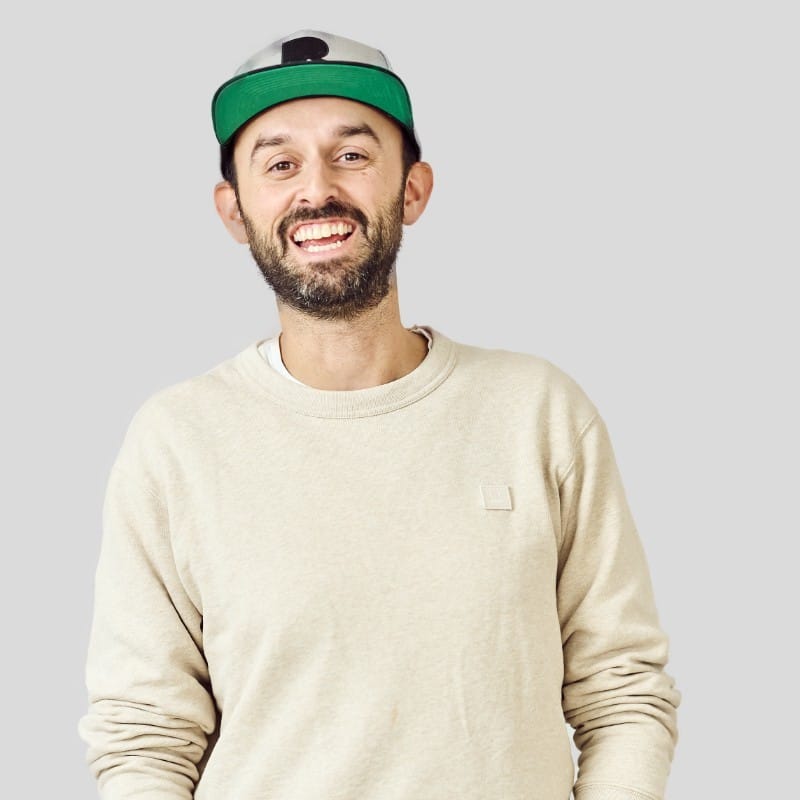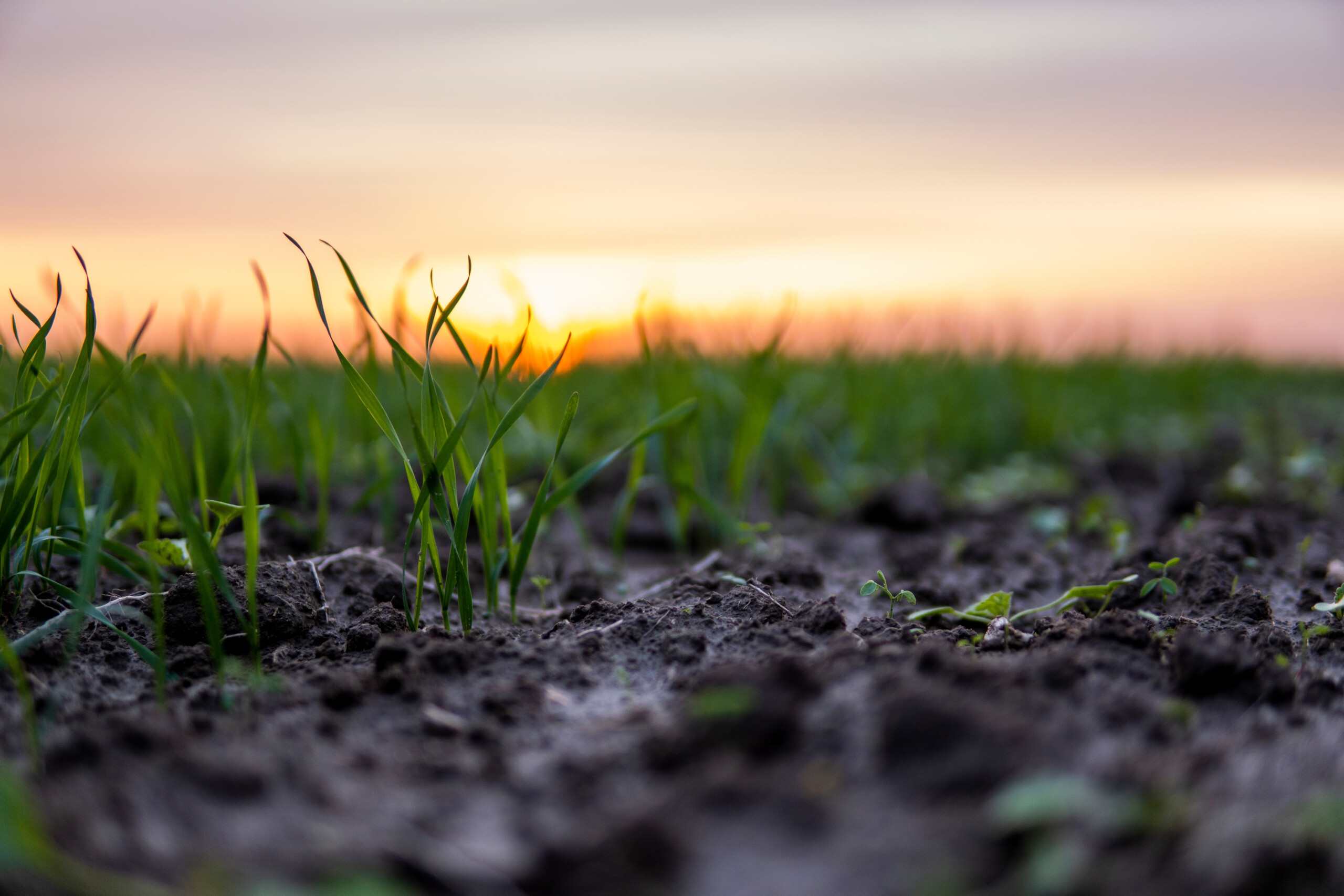Data and dollars in agrifood tech; which is the chicken, and which is the egg?
Data and dollars are two key ingredients to build a robust agrifood tech and innovation landscape that creates meaningful change in food systems. But how can early-stage startups secure one without the other? Is this a chicken and egg scenario? Early stage agrifood tech venture capitalist and partner at The First Thirty, Antony Yousefian, muses on this dilemma.

It might be an inconvenient truth, but there is no getting around the fact that data drives investment decisions.
That’s according to Antony Yousefian, venture capital investor, founder, and partner at early-stage venture capital (VC) firm, The First Thirty
Cutting his teeth over a decade long career in investment banking, Yousefian has seen firsthand how capital and investment allocation is focused on risk minimisation, which is invariably supported by data.
“In all investment decision making, if something doesn’t have the data it’s perceived as higher risk, and as a result likely receives less money,” he said.

Antony Yousefian, evokeAG. 2024 panellist, venture capital investor, founder, and partner at early-stage venture capital (VC) firm, The First Thirty,
“For food systems innovation, and nature-based investment, data is the problem. We struggle to understand and quantify the value of nature, so the money hasn’t flown to the sector in proportion to the gravity of the issues at play.
“So, no – when you look at data and dollars, it’s not a chicken and egg scenario. The egg comes first, and data is the egg.”
This poses obvious challenges for early stage agrifood tech startups and innovators, but it’s here that Yousefian sees venture capital playing a key role.
“We all have the high-level understanding that nature is valuable, but how do we prove this? The links aren’t obvious in traditional market or investment terms,” he said.
RELATED: The Future Farm: How Brad Jones is scaling up innovation, efficiency, and sustainability impact
“But VC has a high-risk appetite, and certainly investing in the solutions that are designed to capture that fundamental or primary data is already a well-trodden path in the investing world. Data-driven businesses have a competitive advantage and by capturing data that no one else has, this can create a defensive moat.
“Look at Google, or Amazon. Their products are designed to encourage data capture – they iterate and improve as they capture more data.
For Yousefian, the true challenge to this point has been the scale, diversity and complexity of the food and agriculture system.
“The need to produce food and fibre more sustainably is a truly systems level challenge. It’s multimodal and riddled with variables at both the macro and micro level,” he said.

Yousefian says data-driven businesses have a competitive advantage and by capturing data that no one else has.
“The complexity makes it unappealing to capital, and this limits the flow of investment and talent.
“Many solutions require a mix of key experience and skills across science, technology, commercial capability, and marketing, and getting all the key players with the right niche and deep domain knowledge lifts what’s required to create a successful product in this market.”
So, what will it take for investment to flow?
The First Thirty is an early-stage venture capital fund, that believes the soil is our most undervalued asset. It is set up to support data driven companies that are connecting nature’s capability with economic returns. An ecosystem of solutions for the digital infrastructure that will accelerate the regeneration of nature. It has a goal of regenerating 30 million hectares of land by 2030.

The First Thirty’s goal is to regenerate 30 Million hectares by 2030.
On his journey from investment banker to regenerative agriculture venture capitalist, Yousefian left the finance industry because he spotted a runaway train in the form of sustainable investment.
“Post GFC, I was working at an asset manager with USD$100 billion under management. There, we saw demand for clean and sustainability focused investments skyrocketing. Clients were increasingly concerned with the future of fossil fuels and the possibility of them becoming stranded assets, and were wanting to get into the clean energy market. This was essentially a Cleantech wave 2.0 but also the start of this huge move of assets into ESG mandates as a whole” he said.
“The market driven demand was exciting, but it felt like there was a limited amount of companies to invest in and for the ones that were available, we really struggled to understand their environmental impact. With technology being leveraged to understand consumers’ every click and move, I couldn’t square why we couldn’t really understand each of these companies’ sustainable commitments.

Yousefian believes advancements in AI might be the tool the sector has been waiting for.
“I felt like there was a gap. If you could measure positive impact, then you could allocate better unlock more capital long term.
“Since then, I’ve been on this train of trying to measure and quantify environmental impact, to prove the value of the investment into what is our most valuable asset, in nature.
“It’s challenging, and when I think about what it’s going to take to really unlock the potential, I think it boils down to reaching a tipping point, where we, society, feel pain as a result of not improving our food system and its impact on nature.
“COVID showed us the power that pain, and inconvenience, has to mobilise society into behaviour change.”
AI: The edge we need?
Far from doom and gloom, Yousefian is bullish about the sector, and particularly about the role AI can play in gathering and harnessing core data to entice and secure major capital flows.
RELATED: ‘Fertile ground’ New report shows challenges, opportunities and perspectives of agtech in Australia
“I think advancements in AI mean it might actually be the tool this sector has been waiting for,” Yousefian said.
As Yousefian sees it, the complexity of the food system is immense, but AI provides the computational and processing power to deal with that and bring down the associated costs. It’s accessible, it’s effective and it can handle the scale and complexity of the challenges facing food systems and nature.
“If we can connect the capability AI delivers to nature, then we can understand and better quantify it, unlocking the data we need to de-risk investment across the sector. I think AI for nature is actually the best use case for AI,” he said.
Be sure to catch Antony Yousefian and hear his insights firsthand on day one of evokeAG., when he joins panel discussion Beyond waste: From obsolescence to value creation.
Squeeze every last drop out of evokeAG. 2024 with our six tips to help you network and connect long after the doors close on the 2024 event.
